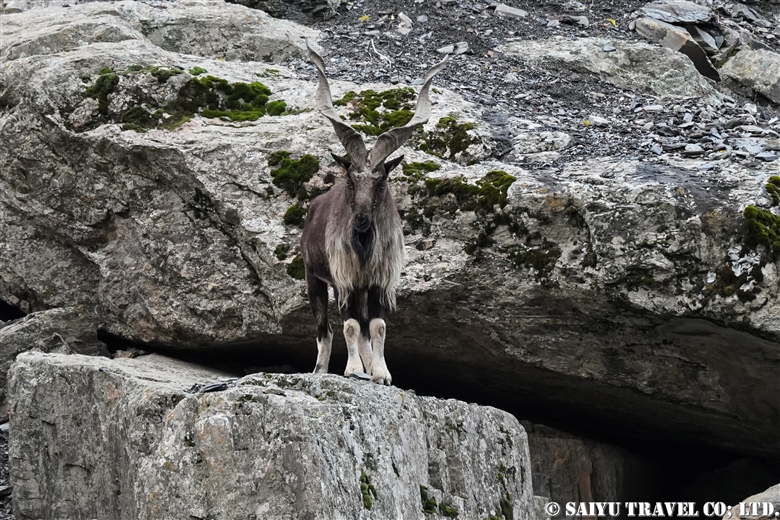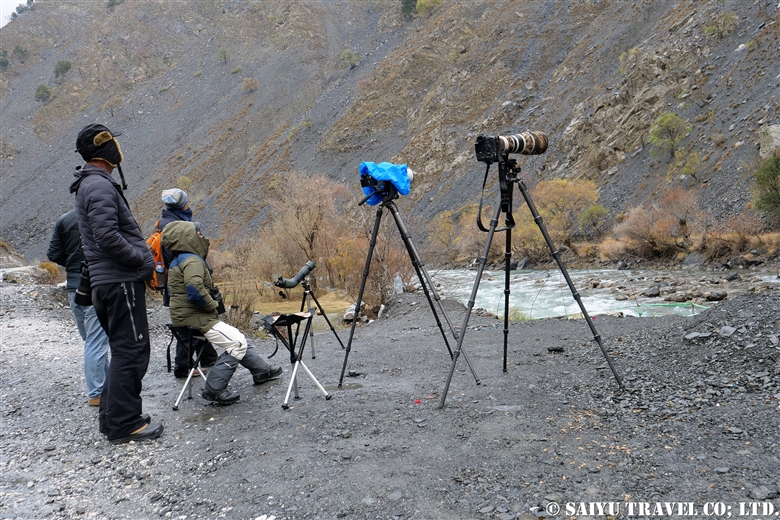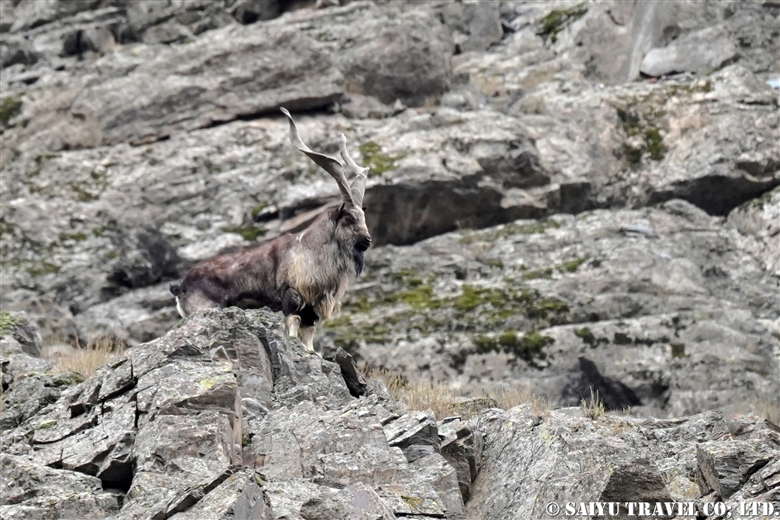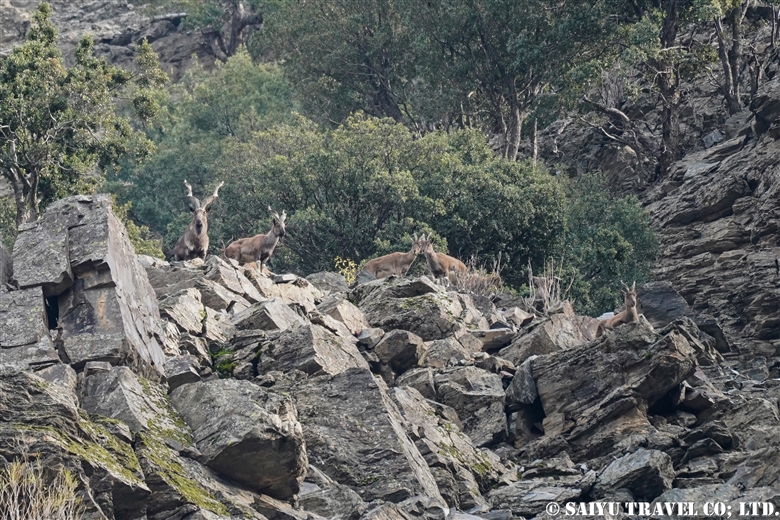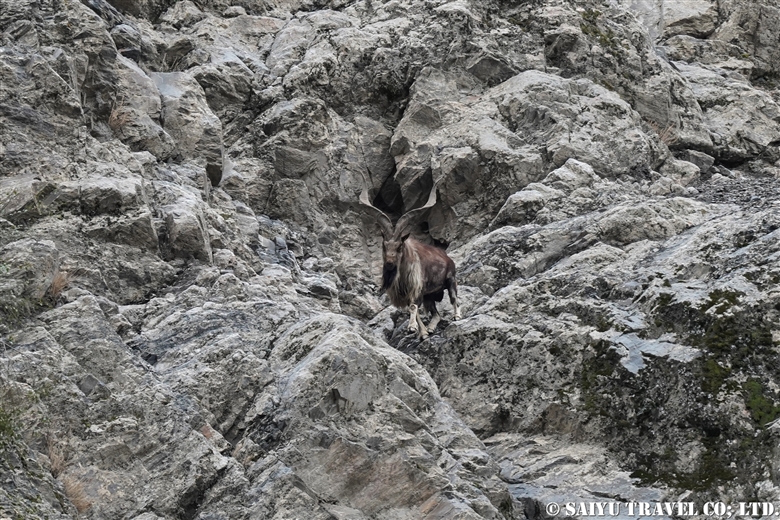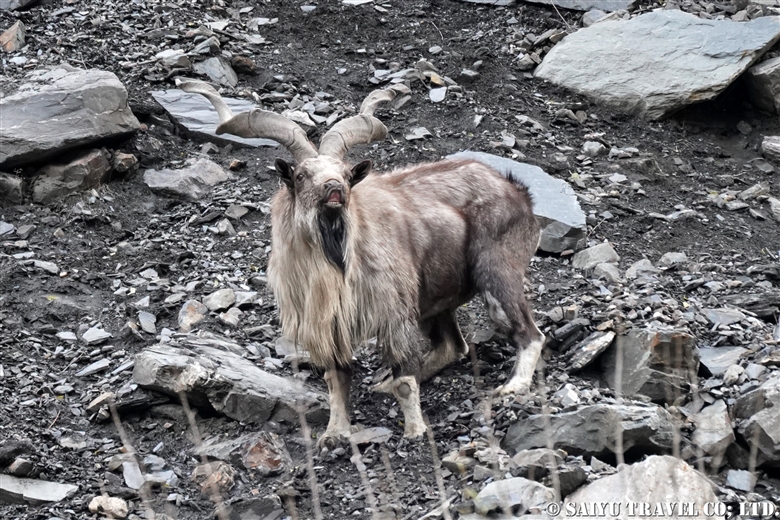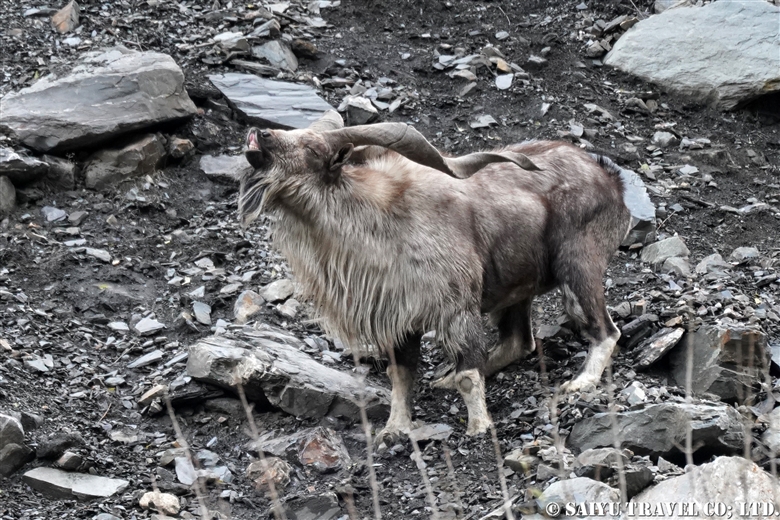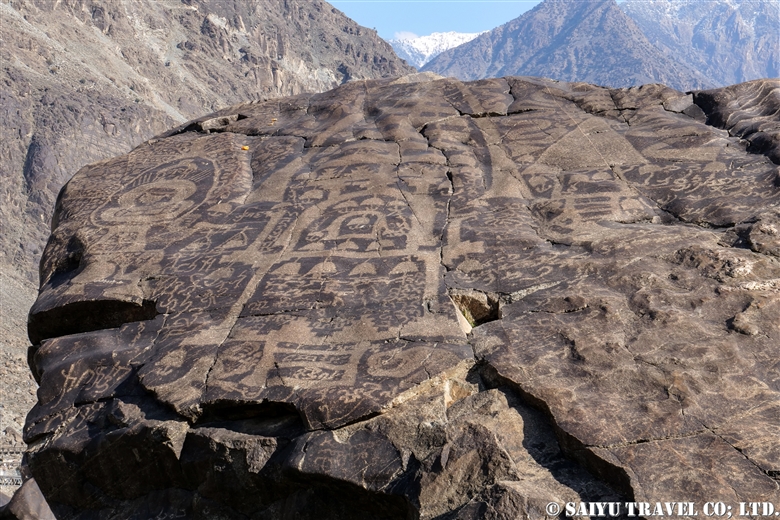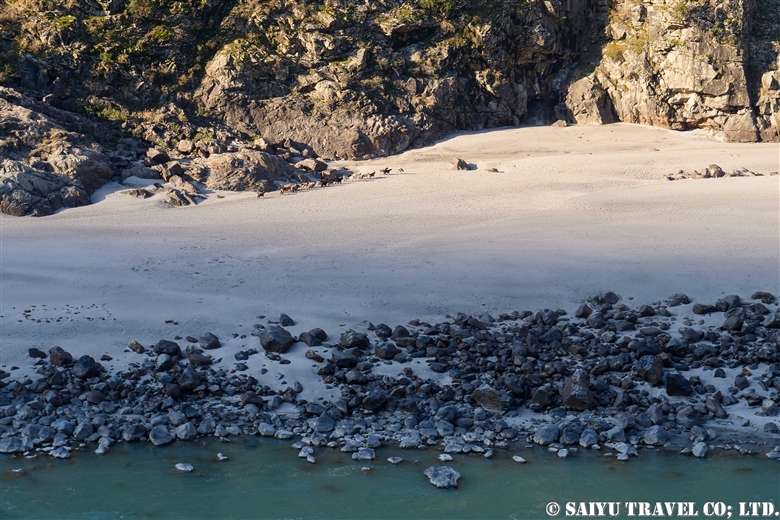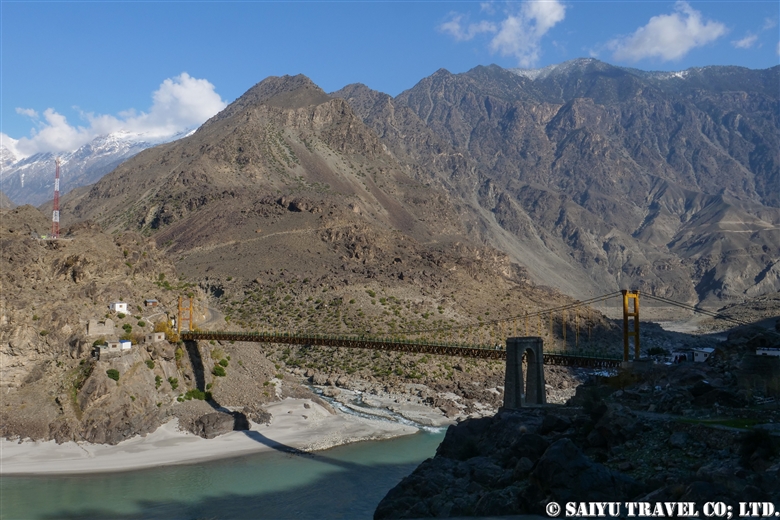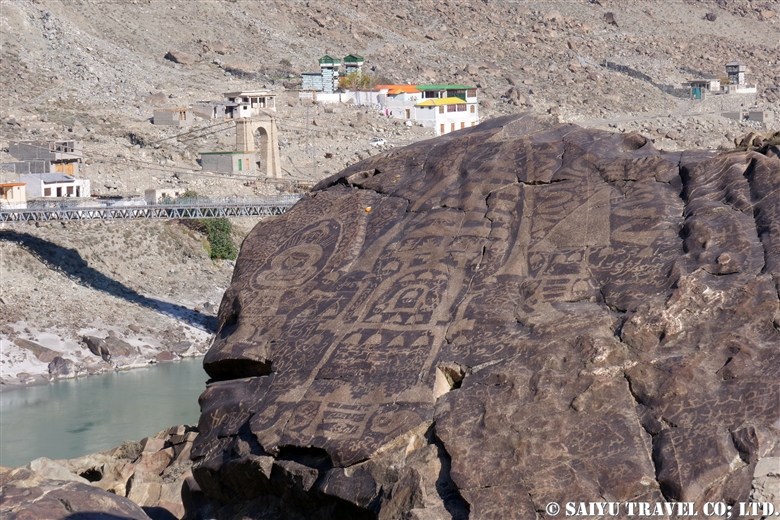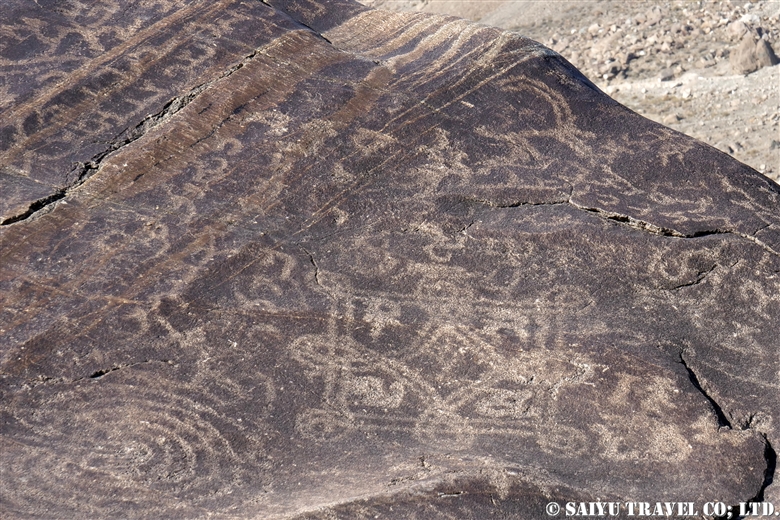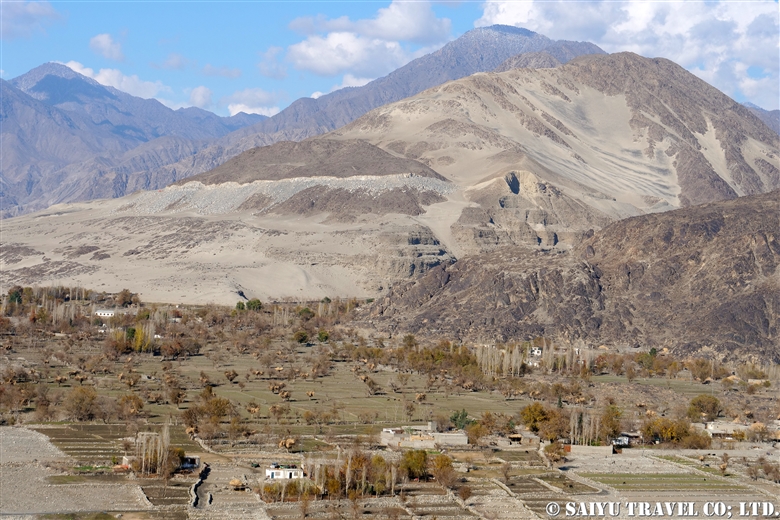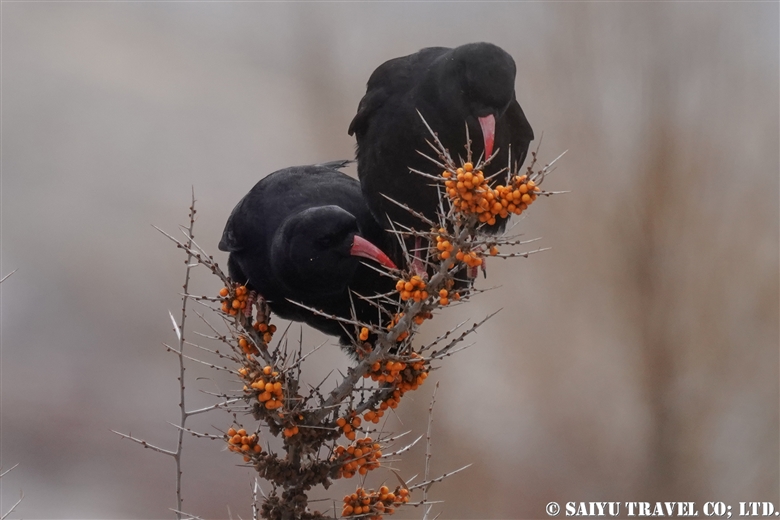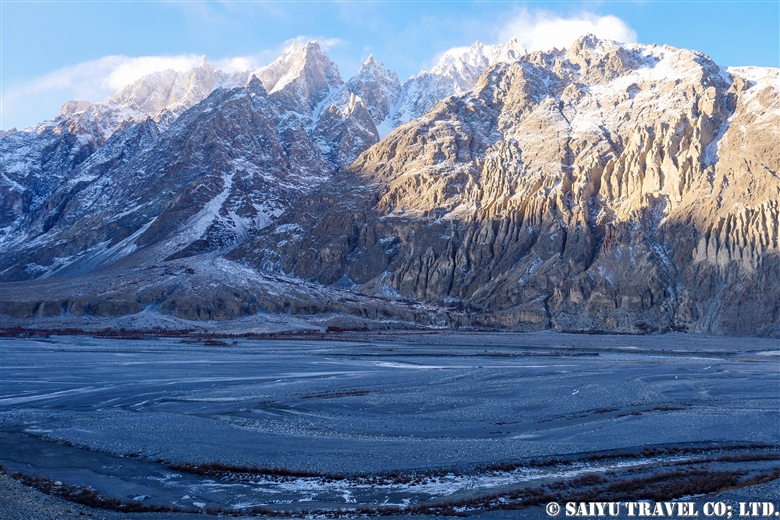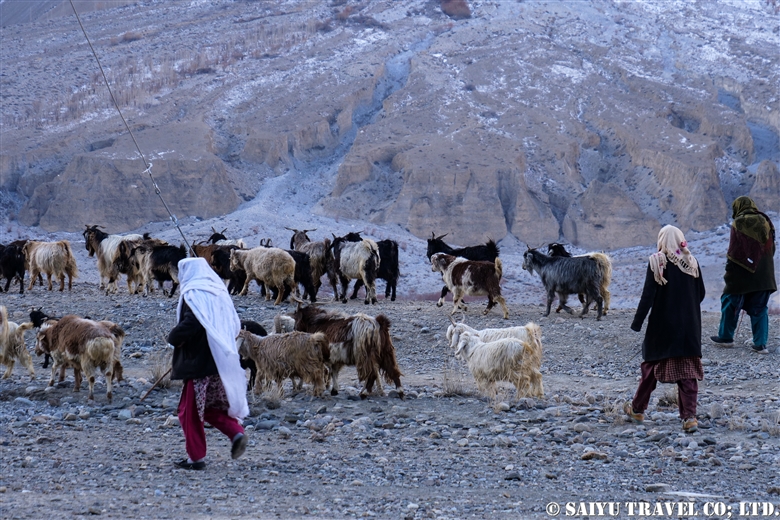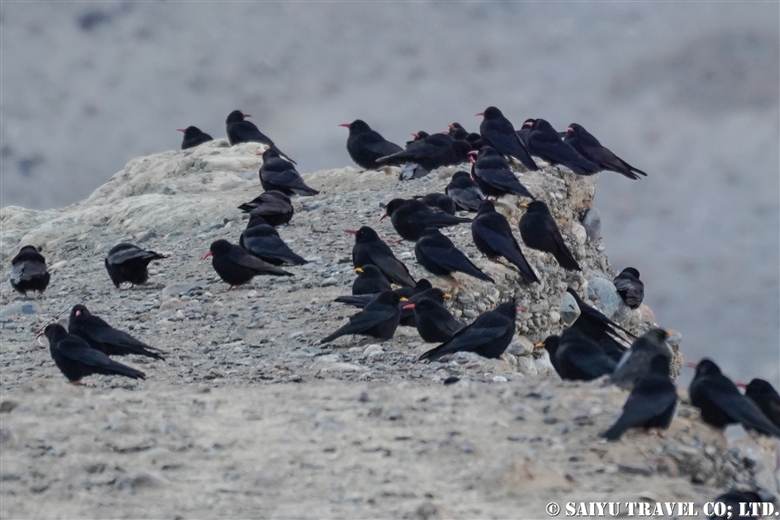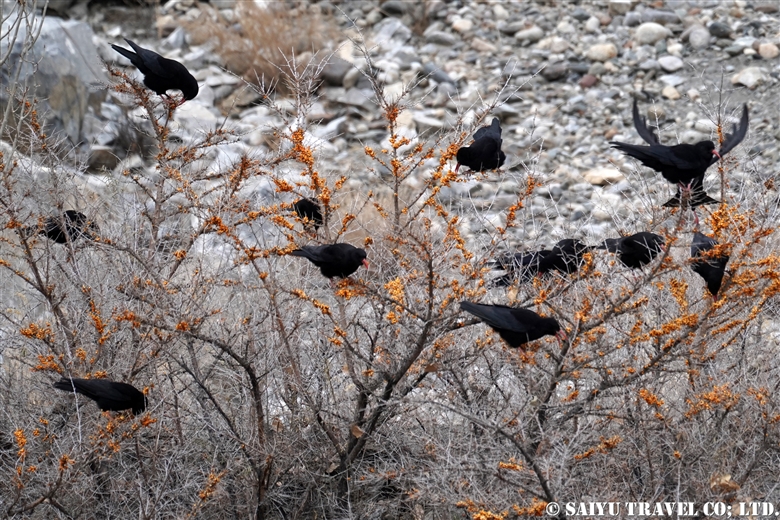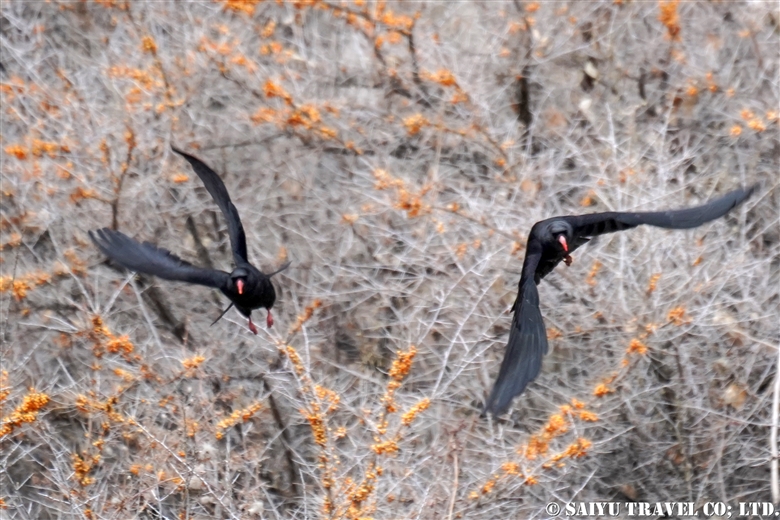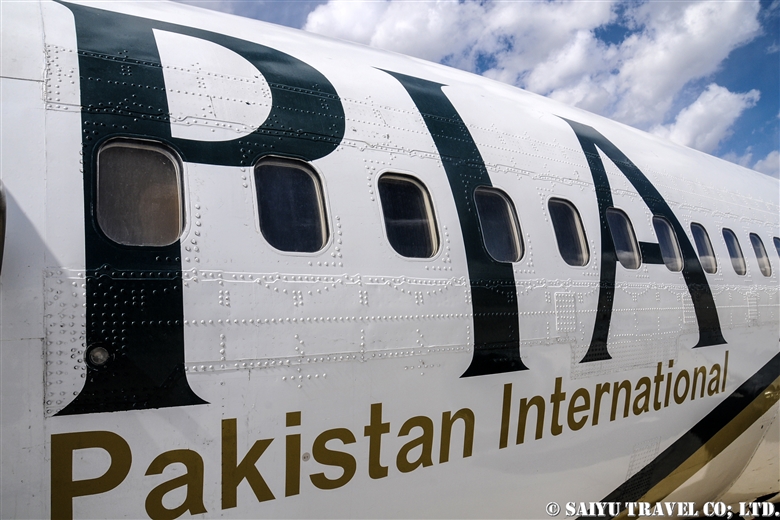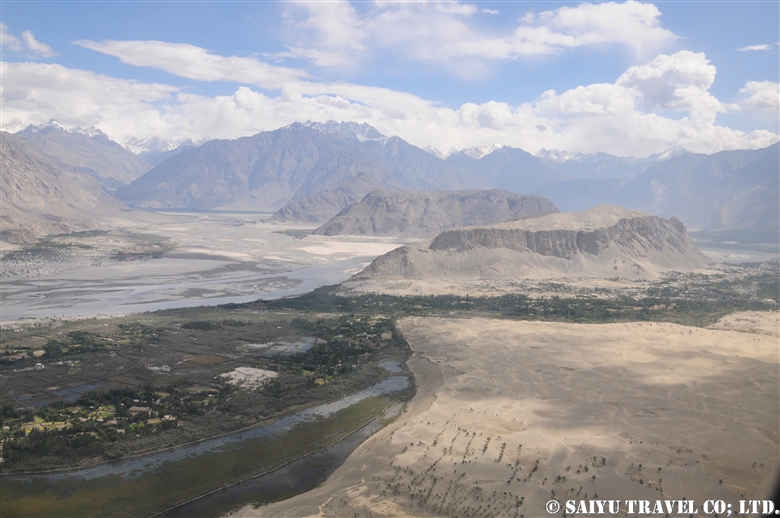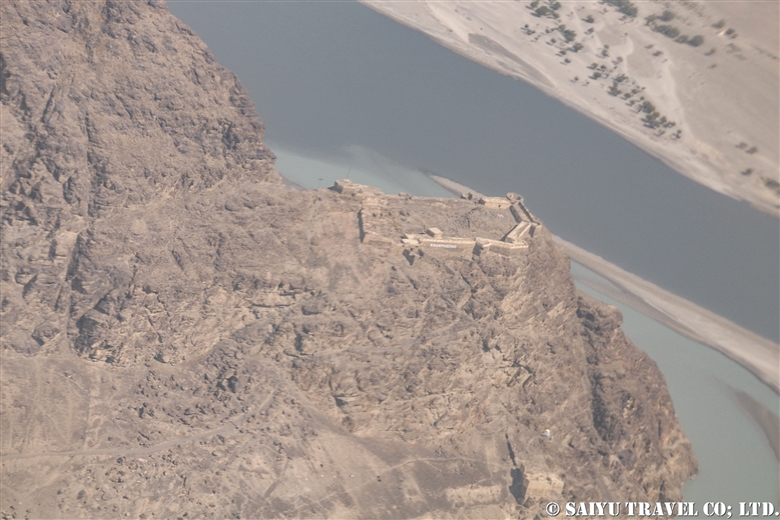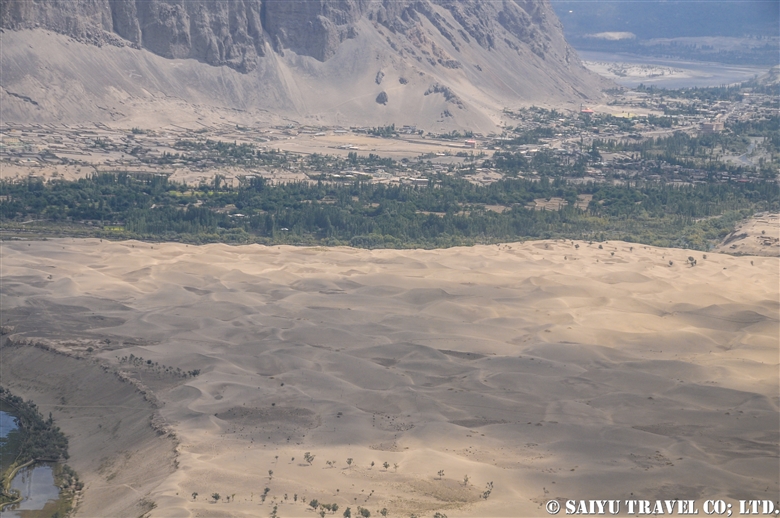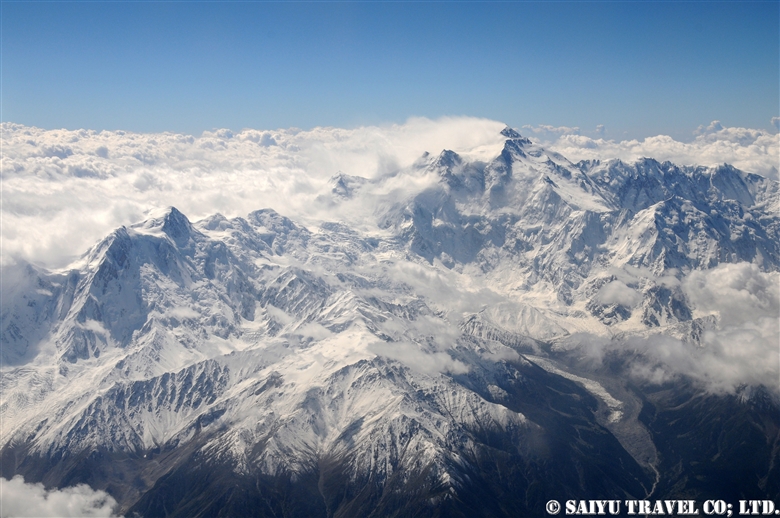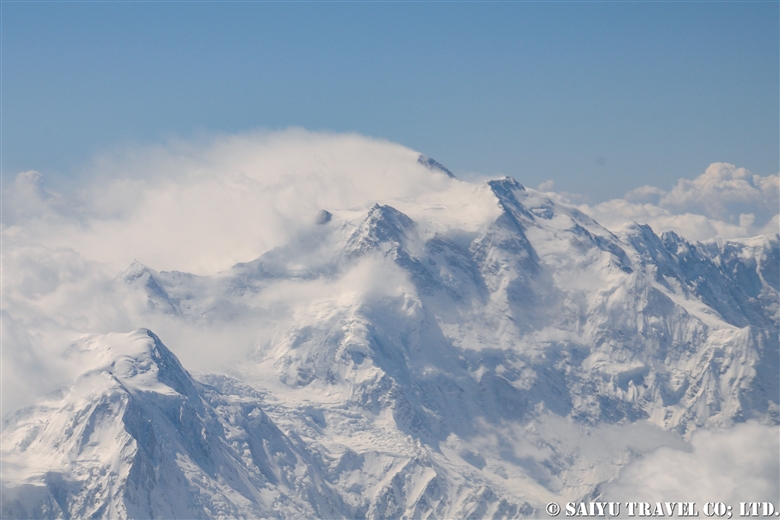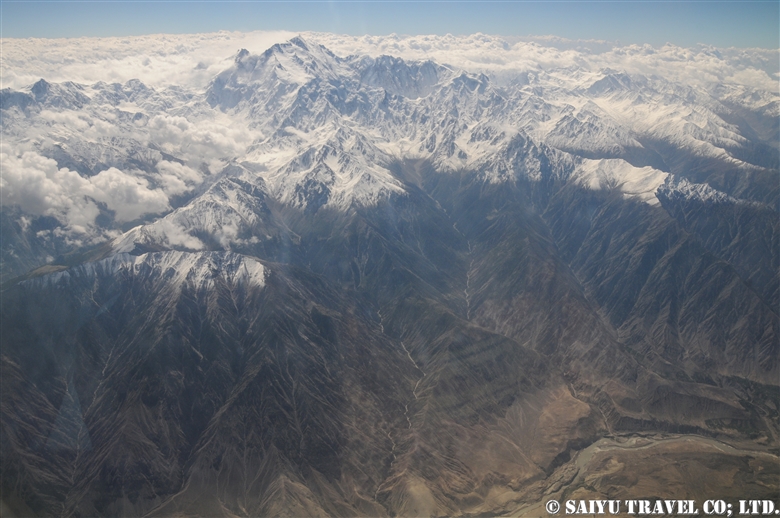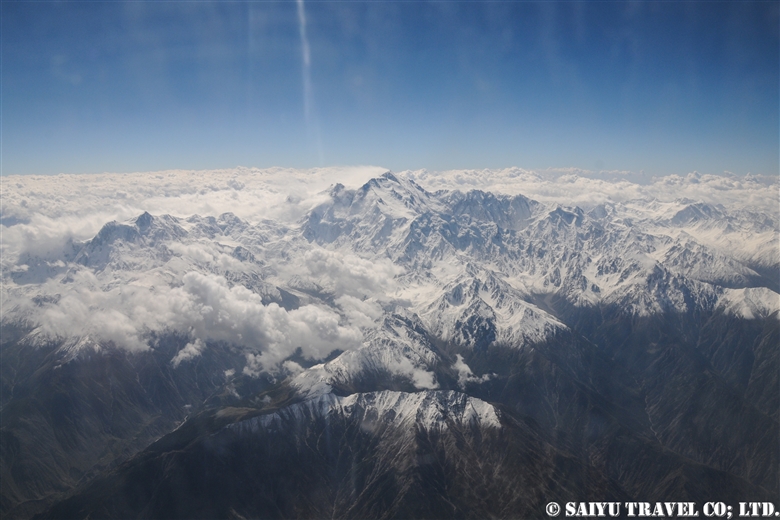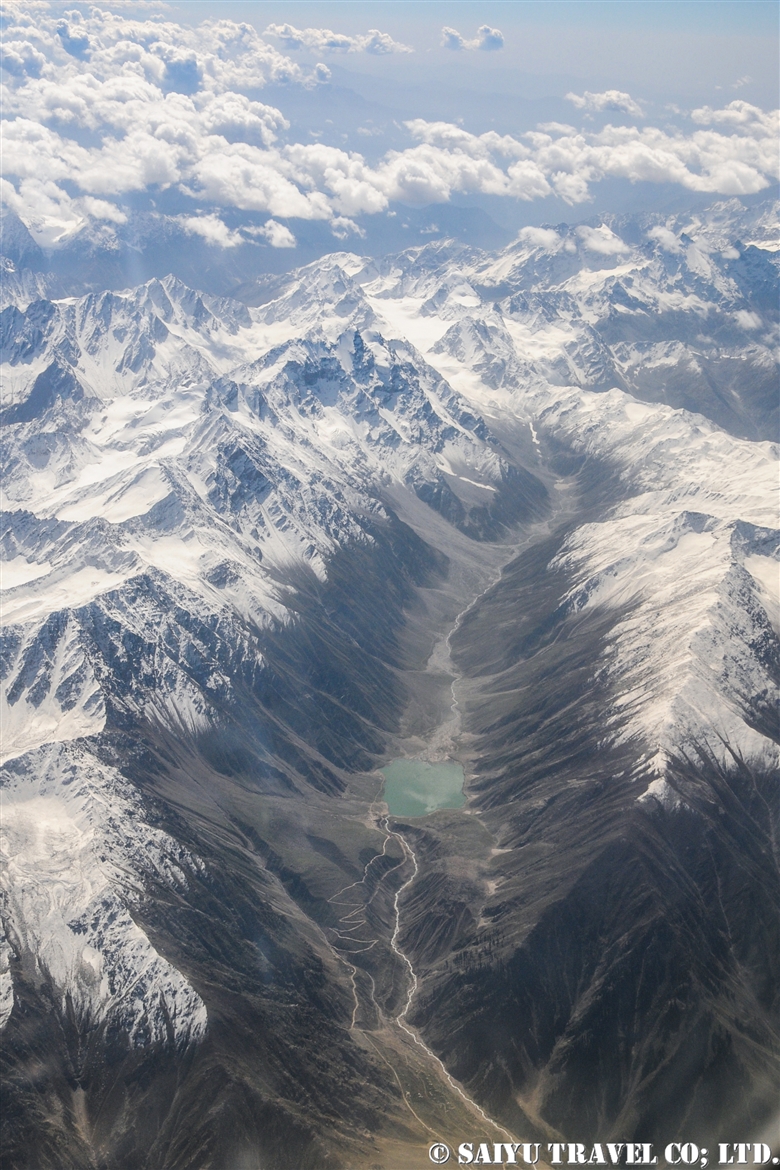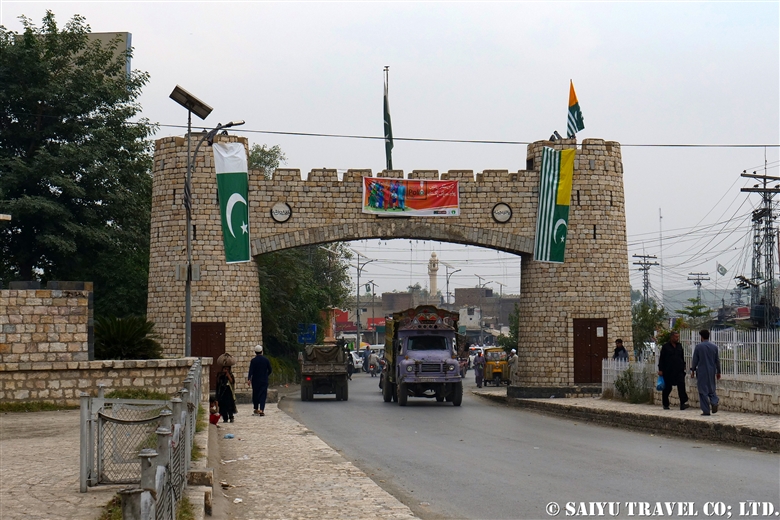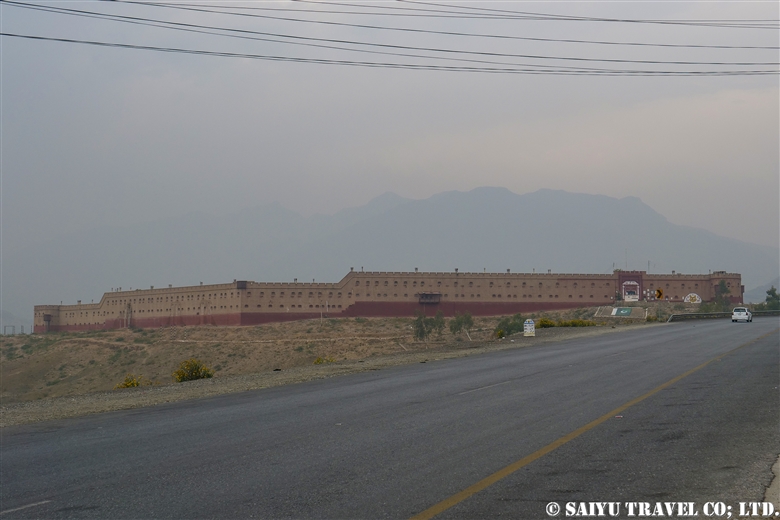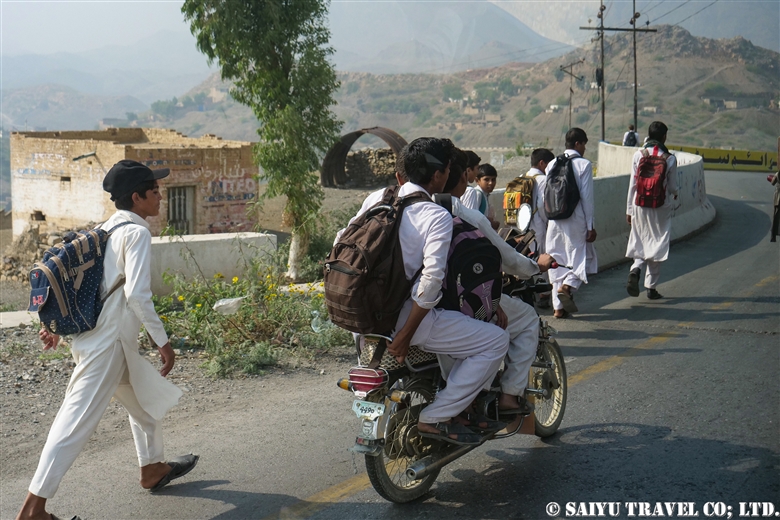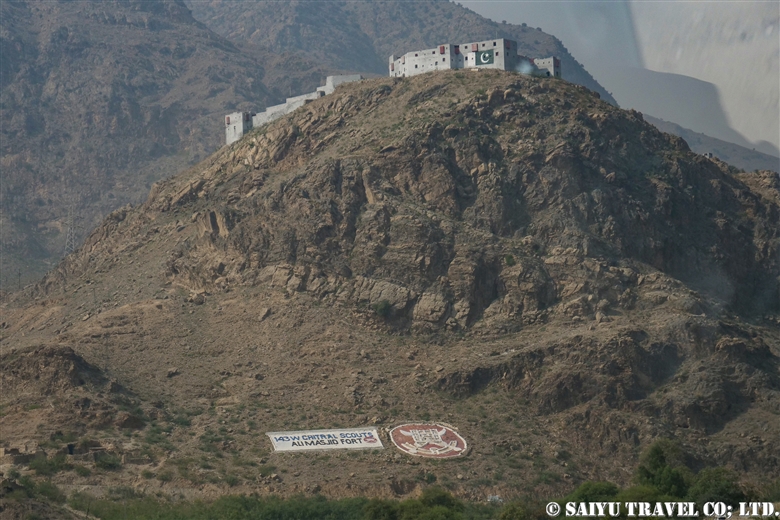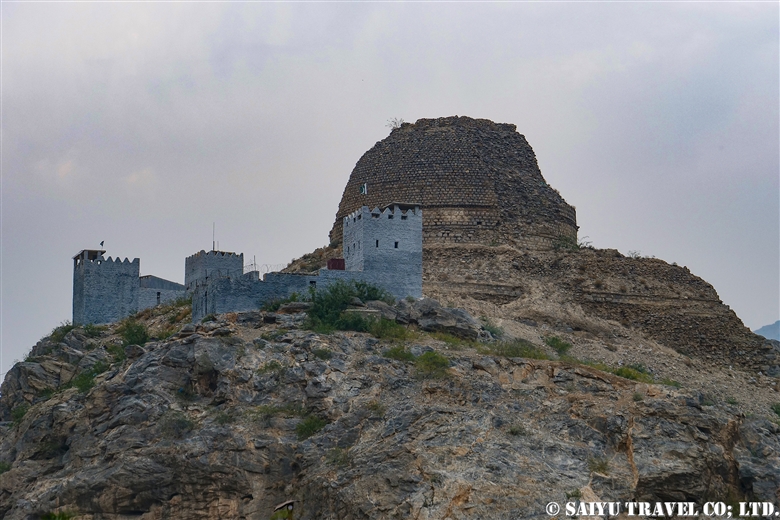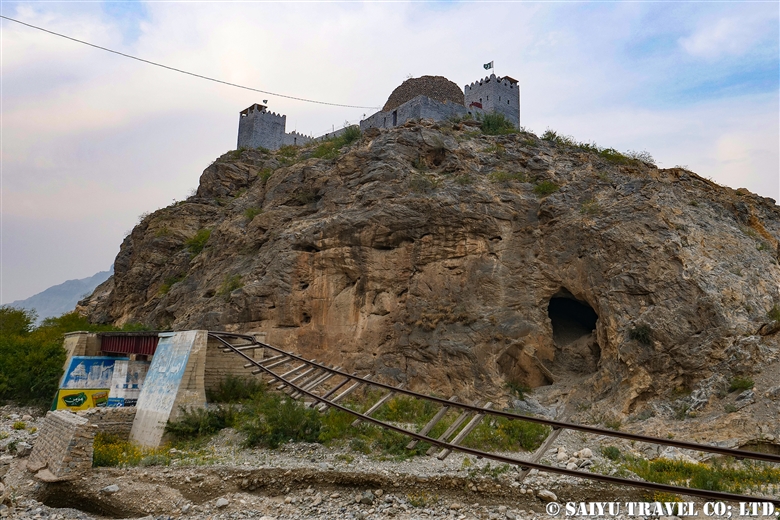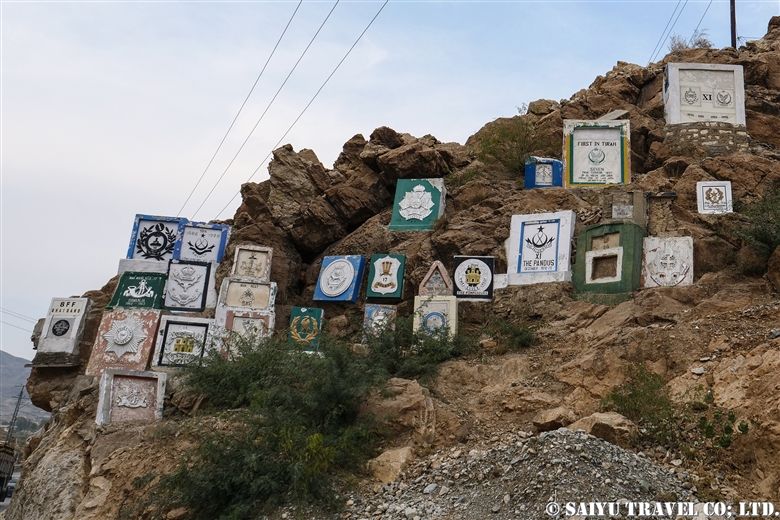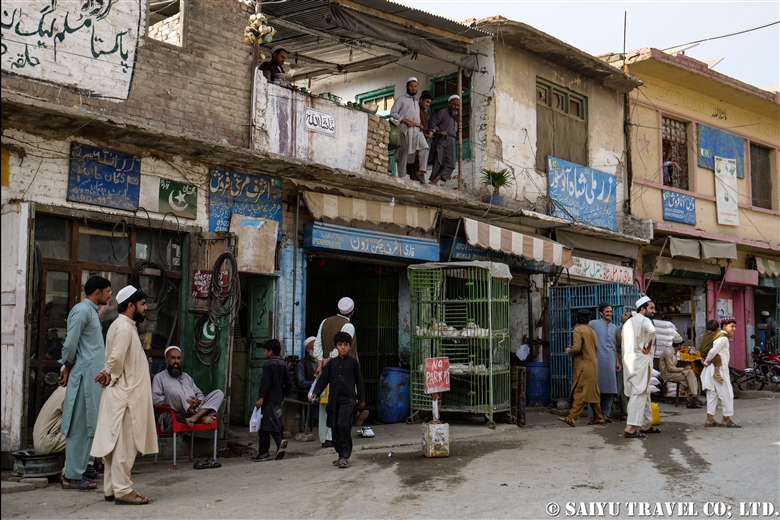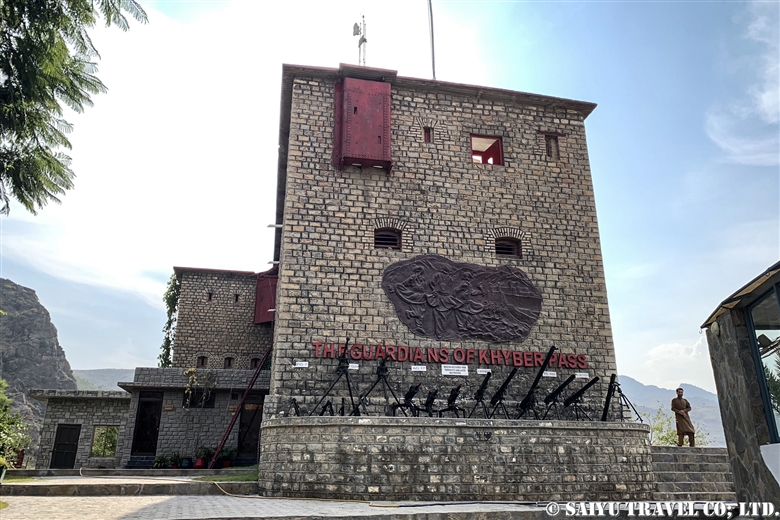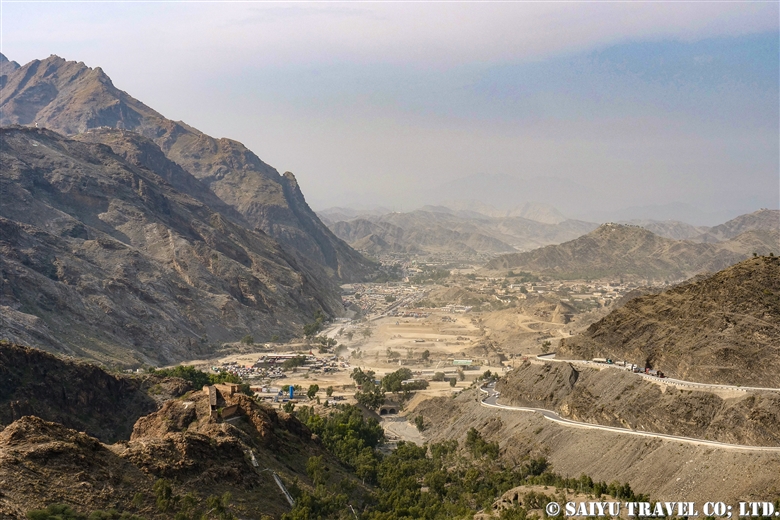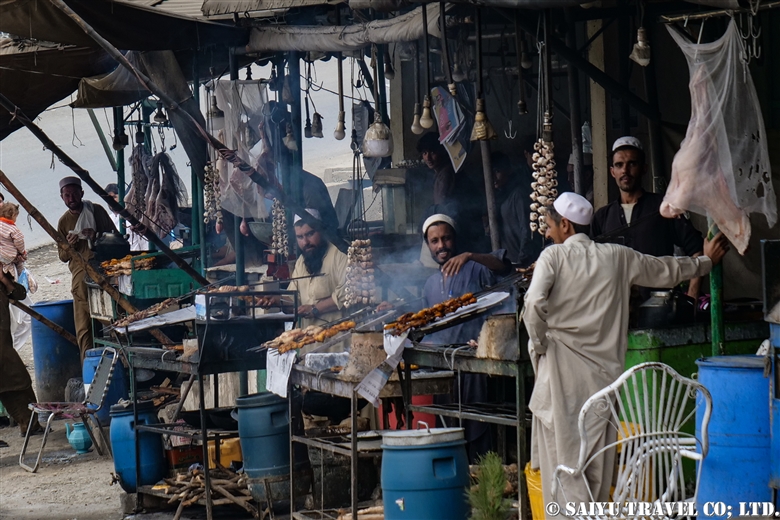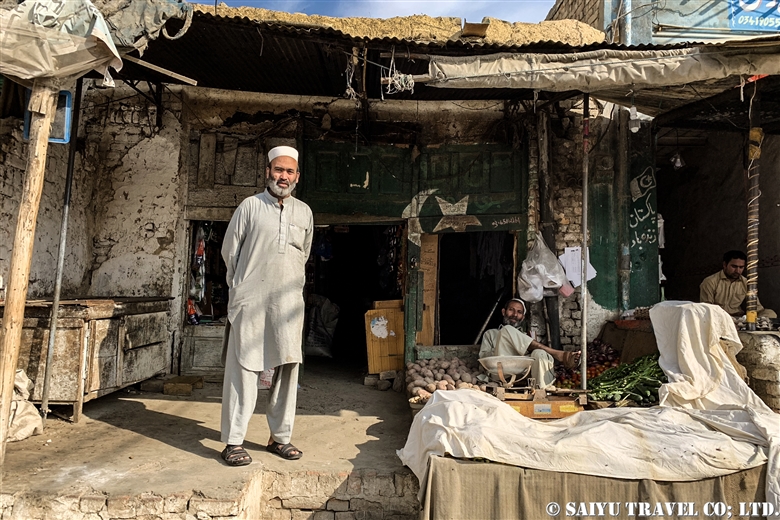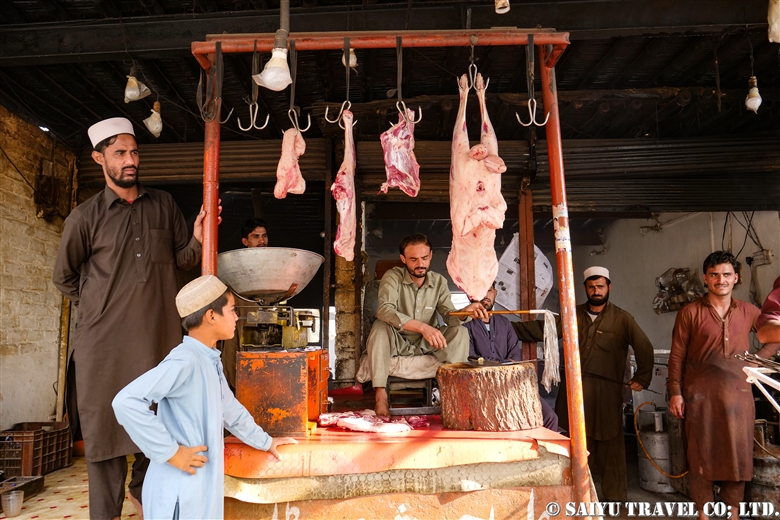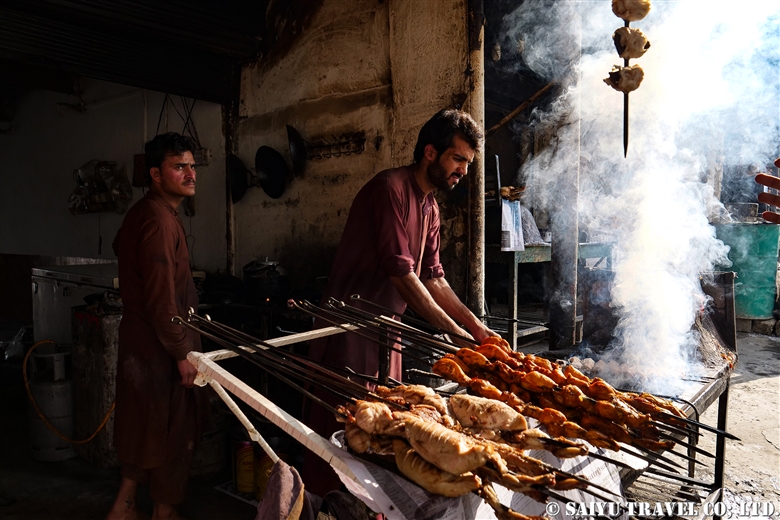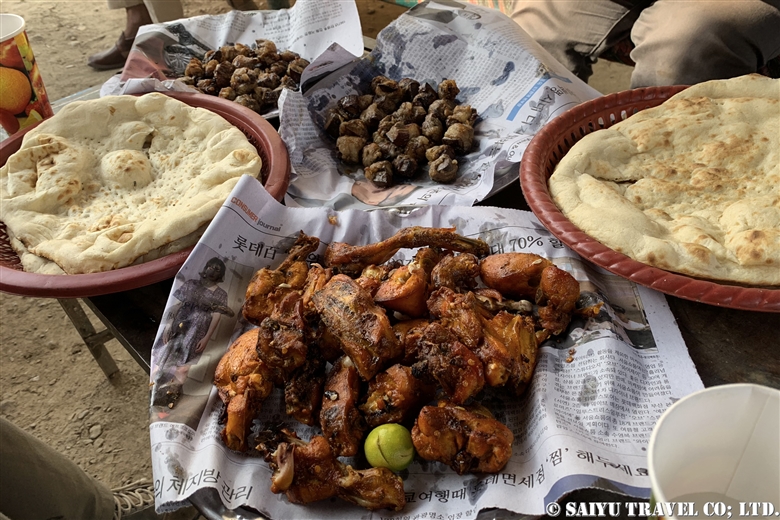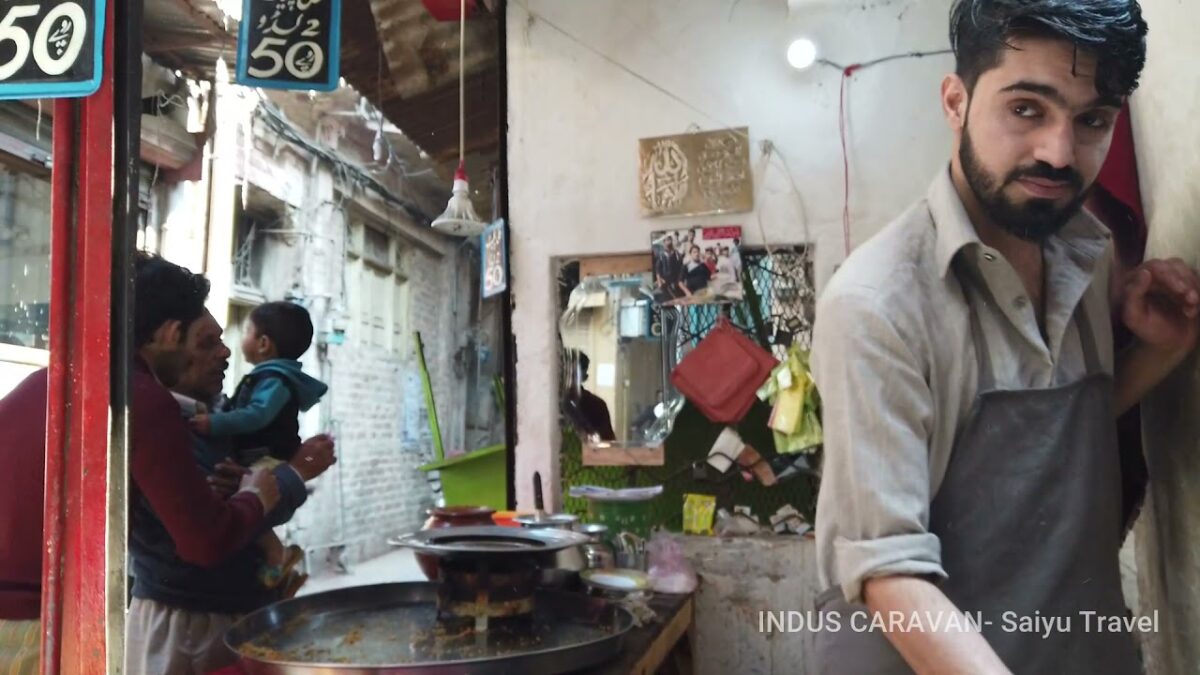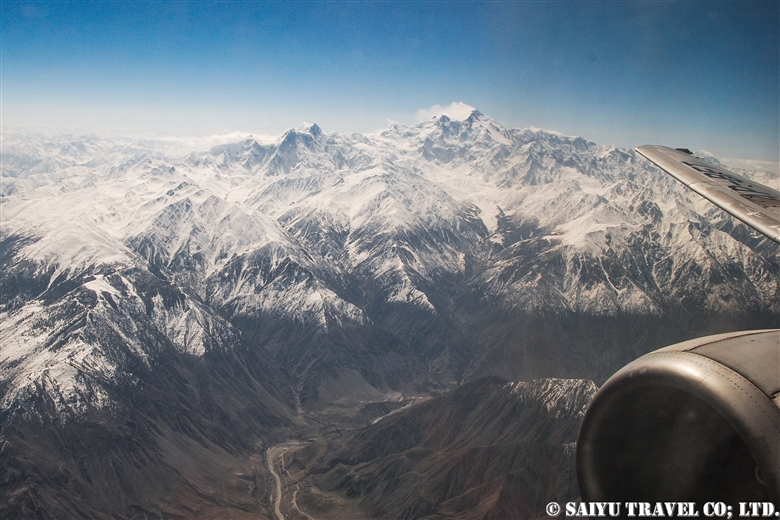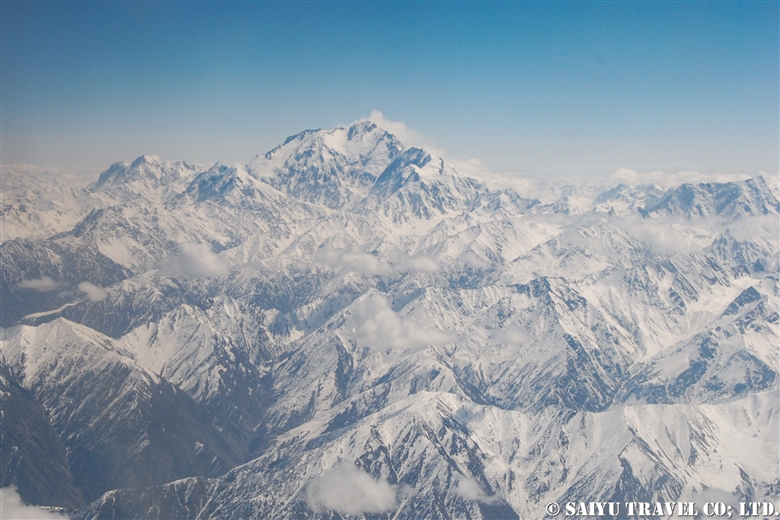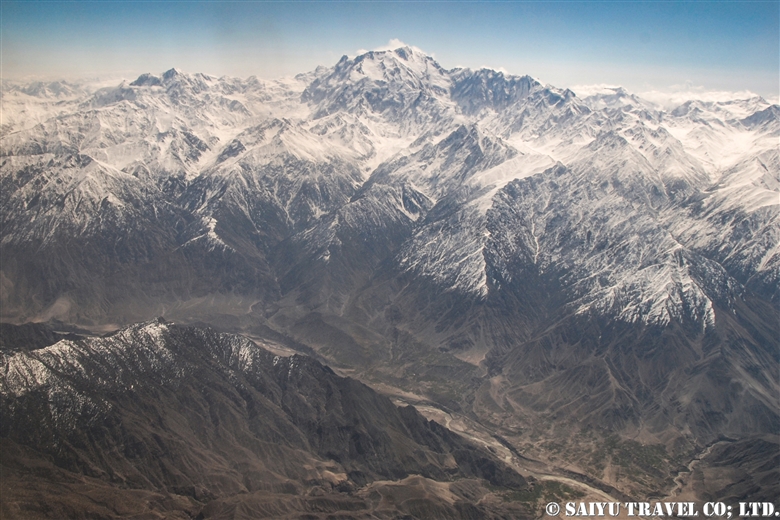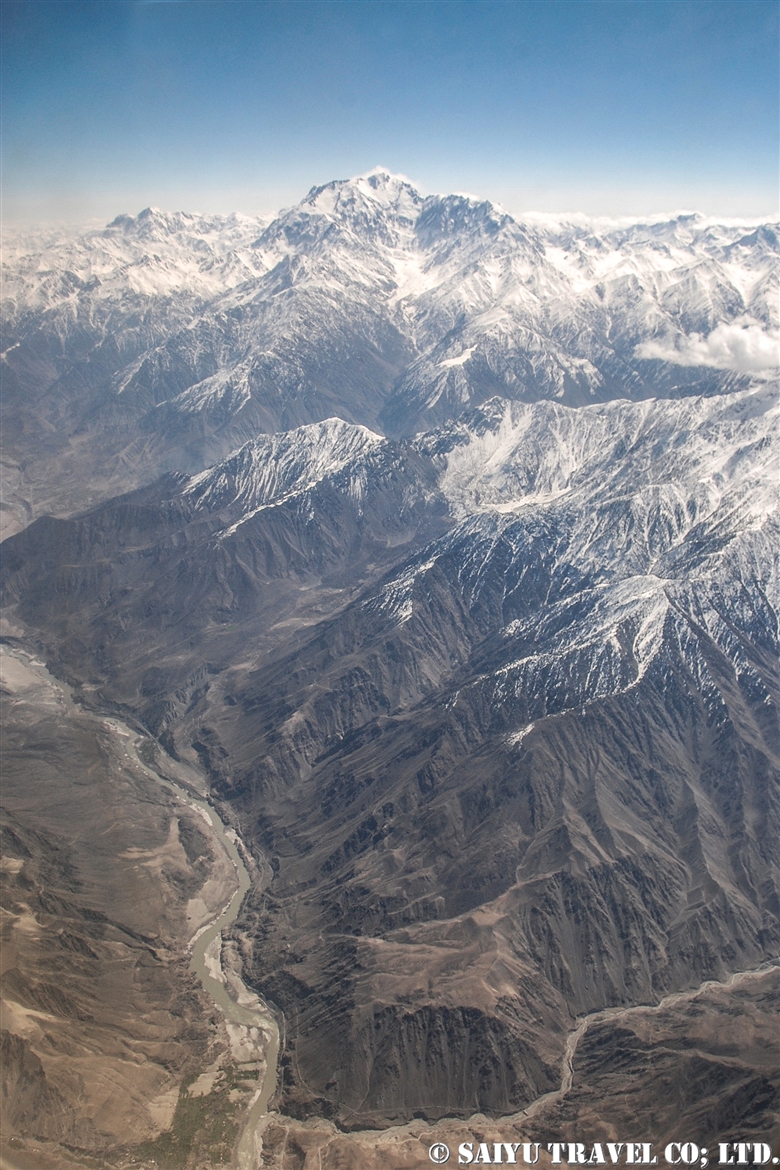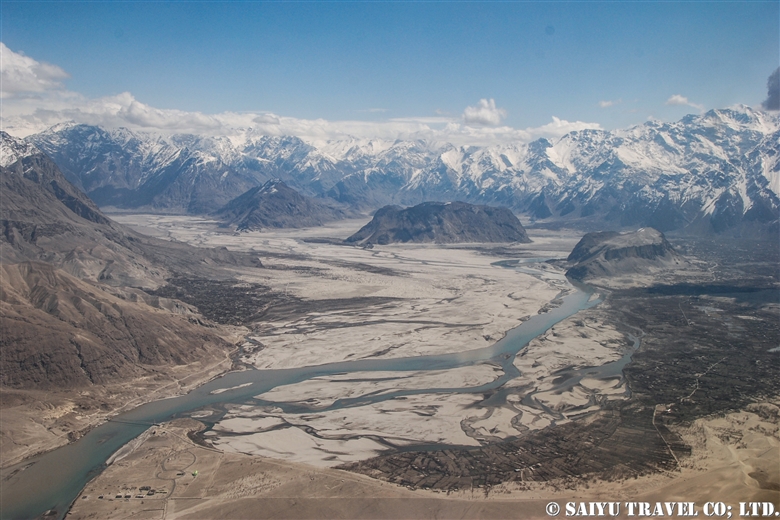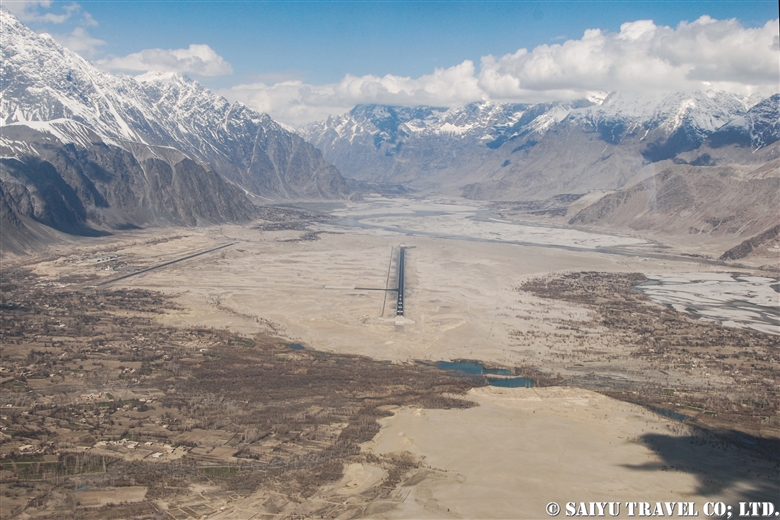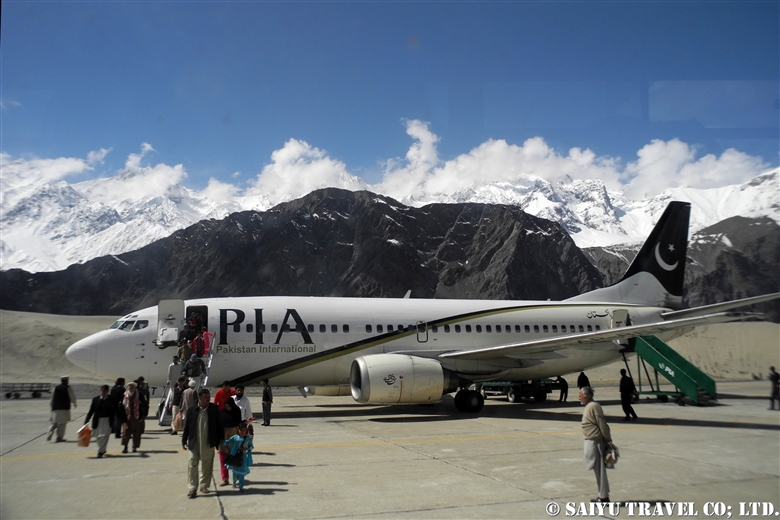This video shows when we had a sighting of a Snow Leopard in Morkhun Village. The locals were telling us “It’s right there!” but I had such a hard time spotting it for such a long time.
It had eaten an Ibex, and we watched the snow leopard with the local villagers, as it was sleeping on the other side of the river. So many people gathered to watch it, the snow leopard looked a little stressed.
Can you find it? Snow Leopard in Pakistan
In the morning, the snow leopard had killed and fed on the ibex and hid in the bush to rest in the rocks above. This video is of the snow leopard around 3pm, as it woke up. With villagers surrounding it by the time it realized, it looked a bit startled and did not know where to go to escape.
A Startled Snow Leopard in Morkhun Village Pakistan
Video & text :Mariko SAWADA
Observation : Jan 2019, Morkhun Village, Gojar, Gilgit-Baltistan
Special Thanks to Mr.Sultan Gohar (Khunjerab National Park)
Category : - Snow Leopard > = Video Clip Gilgit-Baltistan > ◆ Video Breathtaking Views of Pakistan > ◆ Gilgit-Baltistan > - Gojar > - Morkhun > ◇ Wildlife of PakistanTag : Saiyu Travel Pakistan , Morkhun village , Pakistan Blog , Pakistan Travel Blog , Snow Leopard Conservation , Snow Leopard , Snow Leopard Pakistan , Travel Pakistan Blog , Pakistan Travel company , Wildlife of Pakistan , Pakistan tour operator , Pakistan Photography Tour , Indus Caravan , Wildlife tour in Pakistan






